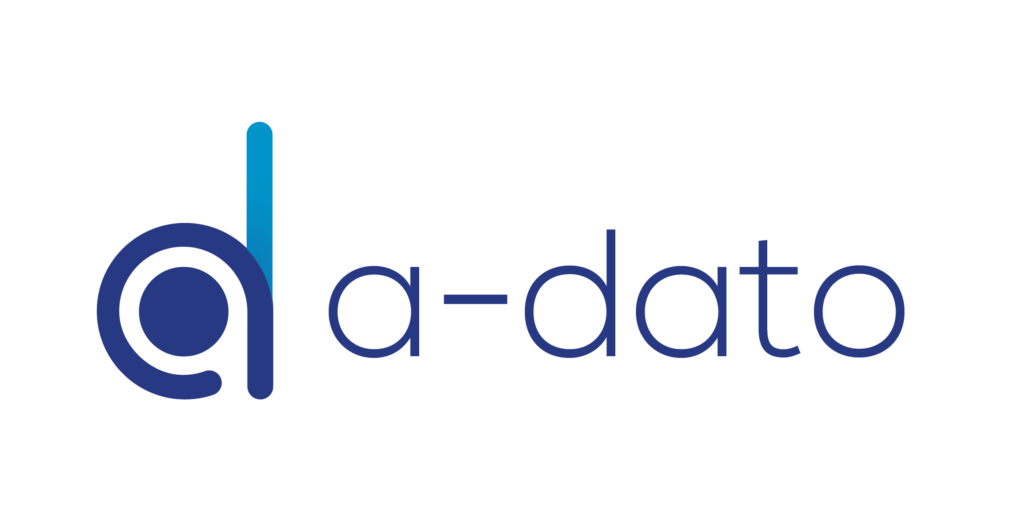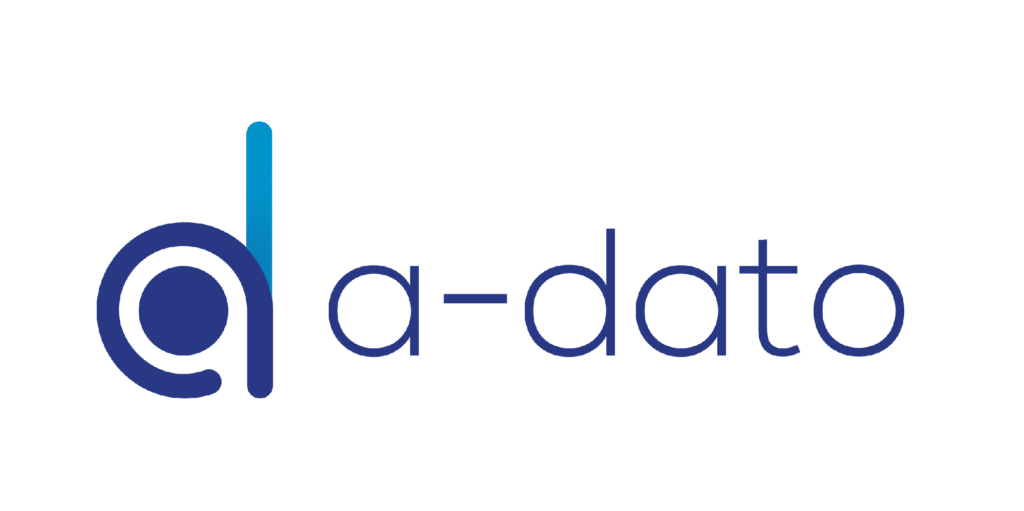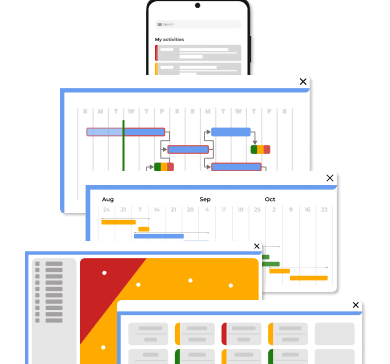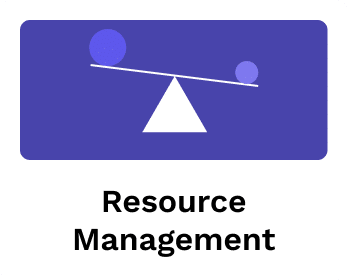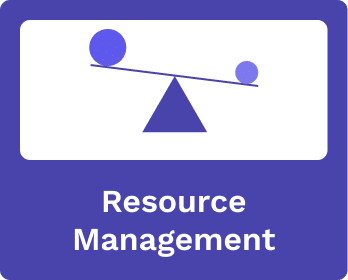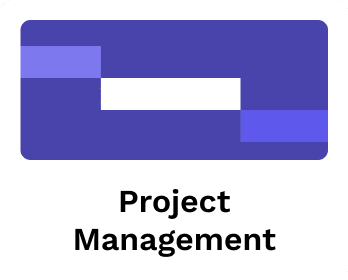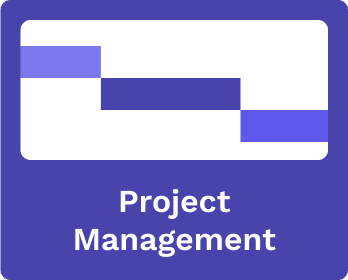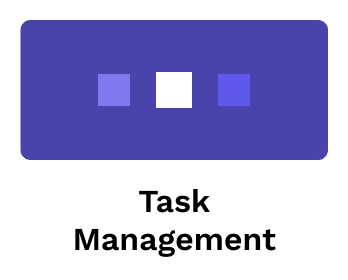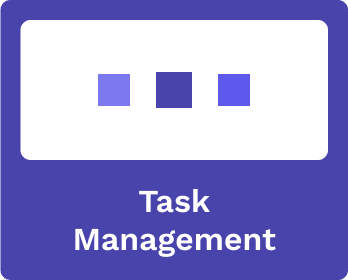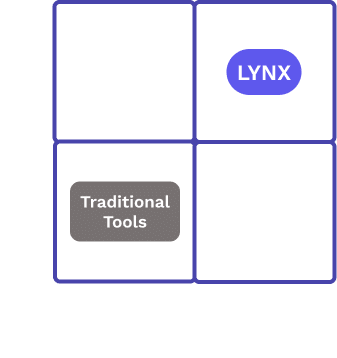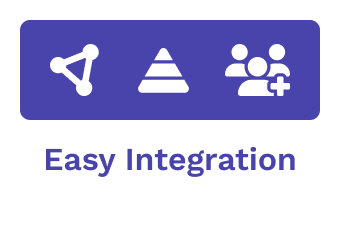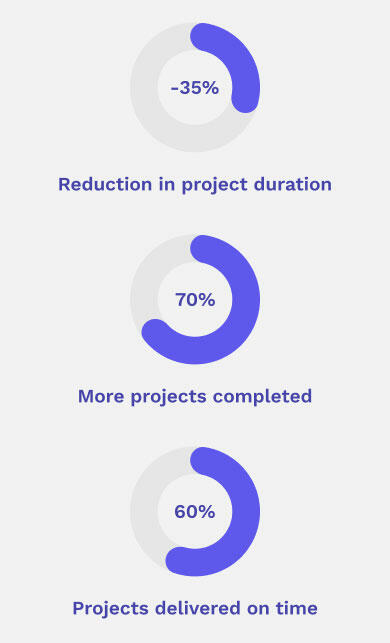Bring Focus & Performance
into your Project Portfolio.
Generate Real-time Work Priorities | Eliminate Bottlenecks | Finish More, Faster | Improve Throughput | End-to-End Project & Portfolio Management
A Solution for Every Role
Tailored to meet your organization’s diverse needs, LYNX software provides specialized solutions for multiple roles, empowering each with a unified platform.
They Make Work Flow.
You Can Too.














A Complete CCPM Software
Your projects needs more than Critical Path. Unleash the power of true end-to-end Critical Chain Project Management (CCPM) integration with LYNX software.
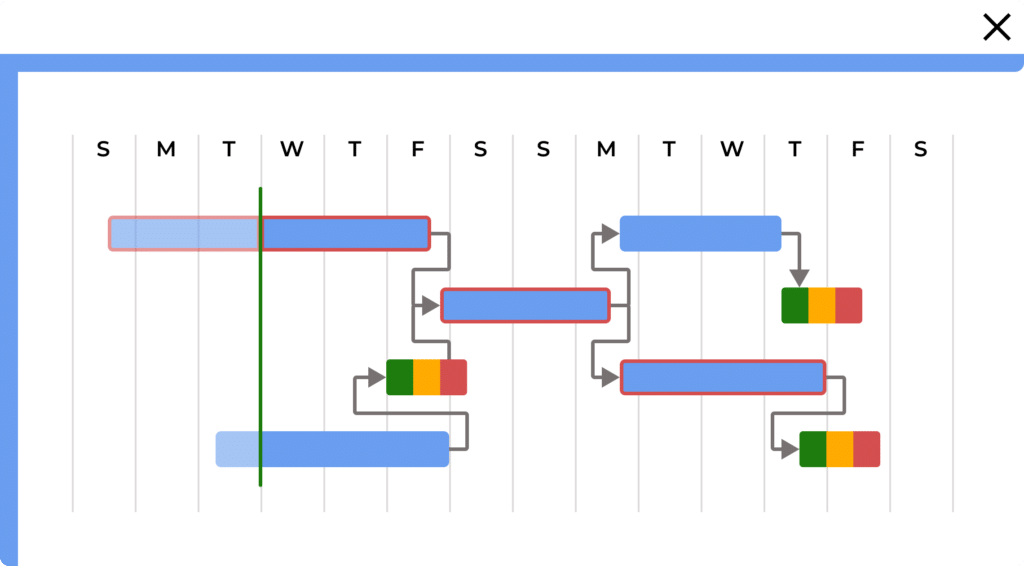
and Mitigate Risks
LYNX software employs advanced analytics for pinpointing bottlenecks and proactively mitigates risks, ensuring seamless project progression.
Feeding Buffers
LYNX software optimizes project timelines by strategically implementing critical and feeding buffers, ensuring robust project execution, and timely delivery.
Match your Needs
There’s no one-size-fits-all CCPM application. LYNX software is configurable to match your unique needs, providing an experience tailored to your organization’s requirements.
Success Stories

“The beauty of working with A-dato is that we can have a unity of purpose on each level within the company.”
Bo Burgmans
Managing Director, Bruns B.V.

“This is more successful than anything we have ever wanted from this change process.”
Dr. Peter Selders
CEO, Endress + Hauser
An Enterprise-Ready Solution
Real Project, Real Results.
*Figures are results achieved on average.
LYNX Software brings together CCPM, TOC, Agile, Scrum, Kanban, and Lean Essential Flow into one integrated solution.
